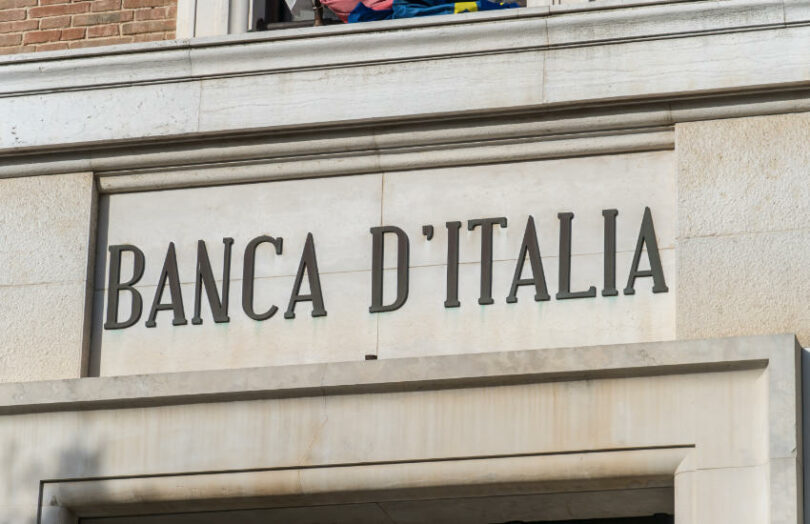The Bank of Italy is planning quite a bit of research work on distributed ledger technology (DLT). In a report published today, it shares a new permissioned consensus protocol, which it adapted to work with Bitcoin and it is open sourcing. It’s not the first to create a permissioned version of Bitcoin. However, it added a nuance which provides confidentiality for the identity of the validators. Its work aims to create a central bank DLT.
“Our target use case would be a speculative DLT-based payment system whose high availability and fault/attack tolerance rests upon a distributed platform operated cooperatively by several Central Banks in a given monetary area,” the paper states.
It’s not the first central bank to do deep work on blockchain. The People’s Bank of China has its Digital Currency Research Institute, which developed a bespoke blockchain based on Ethereum. This is deployed for the mBridge cross border CBDC project. It uses a Chinese consensus protocol, Dashing.
The FBFT consensus protocol
Stepping back, the Bitcoin blockchain uses Proof of Work as a security measure because it’s a permissionless blockchain with unknown validators. Those validators have to come together to approve new blocks of data to be added to the blockchain. Permissioned environments sometimes use Proof of Authority, where a known set of validators participate in the consensus. This was the starting point of the Bank of Italy.
It also wanted to protect against hackers by keeping the validators confidential. There’s usually a larger pool of validators and then a subset is selected for a block. These are the ones a hacker might target and is why confidentiality is desirable. Hence, it combined the Practical Byzantine Fault Tolerance (PBFT) algorithm with the FROST signature scheme to get to the FBFT (FROSTed Byzantine Fault Tolerance) protocol.
Notably, this protects the confidentiality of the validators, not the data they are validating.
The paper briefly explores several well known permissioned blockchains as well as the Elements blockchain used in the Liquid Bitcoin sidechain. This has been used for a few asset tokenization initiatives, including by Daiwa (three years ago). However, it didn’t mention Multichain, which was one of early enterprise blockchains based on Bitcoin and used for a while by SAP.
Beyond the consensus protocol, the Italian researchers are planning a raft of other Bitcoin exploration work. That includes exploring layer 2 payment channel networks and payment privacy. They also want to explore asset tokenization for delivery versus payment and cross border payments.
Why DLT and Bitcoin?
Why are the authors are studying Bitcoin and not Ethereum. The big differentiator with Ethereum is programmability and smart contracts. “For our objective we elected a blockchain technology mainly focused on digital payments that could easily scale off-ledger with a payment channel network,” the authors wrote.
A better question is why are the researchers working on this at all? They argue that Bitcoin has inspired innumerable other blockchains “and is perhaps the closest thing we have to an open standard for payments in the ‘crypto domain’”.
The authors compare how the public internet used the TCP/IP protocol, which then became the de facto standard in more permissioned settings.
However, they acknowledge that “We are a very long way from a similar turn of events in the realm of digital payment systems”.






